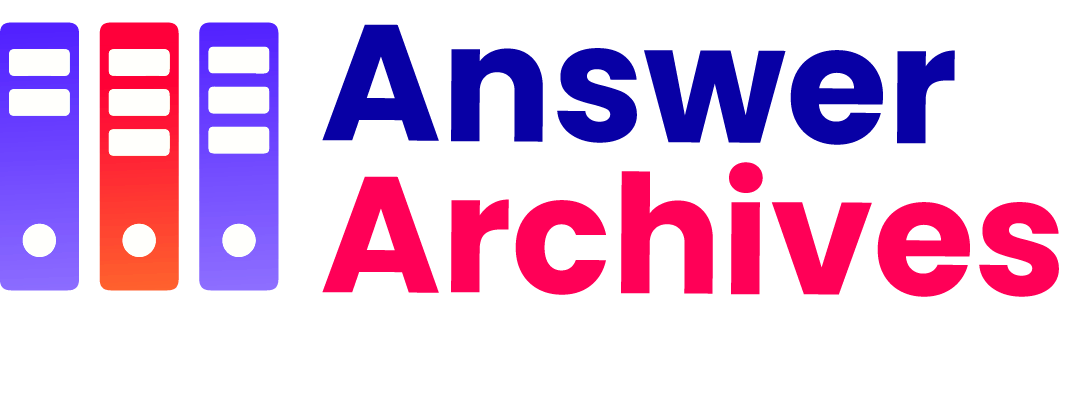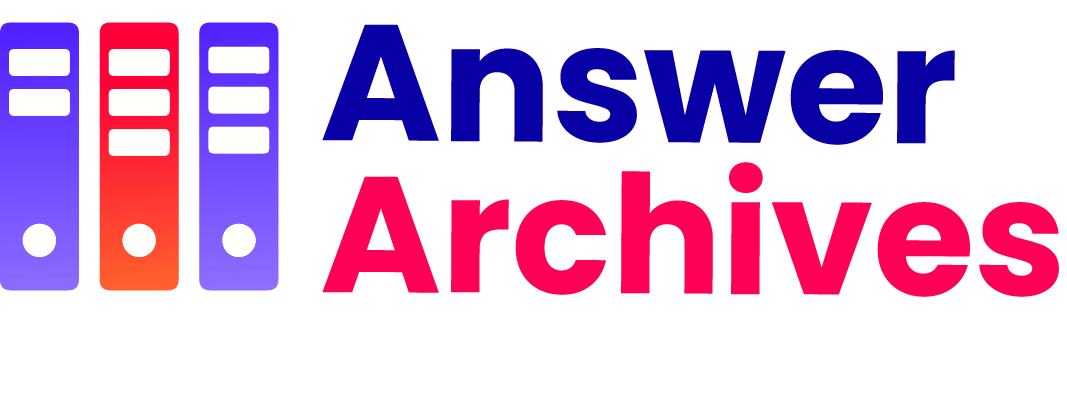Table of Contents
In the evolving landscape of digital marketing, crafting compelling narratives through video has become a pivotal strategy for business success, unlocking unprecedented engagement and conversion rates.
The Importance of Storytelling in Video Marketing
In today&8217;s crowded digital marketplace, storytelling has emerged as a powerful tool for cutting through the noise and capturing the audience&8217;s attention. Unlike traditional marketing approaches that focus solely on product features and benefits, narrative-driven video marketing provides a more immersive and emotional experience for viewers.
Studies have shown that storytelling can significantly boost engagement, with viewers more likely to share and comment on videos with a strong narrative element. This increased interaction not only raises brand visibility but also enhances SEO performance. In essence, the art of storytelling transforms business videos from mere content into an influential medium that can evoke emotions, drive actions, and yield measurable results. By focusing on authentic, emotionally resonant stories, businesses can differentiate themselves in a saturated market and build lasting relationships with their audience.
Understanding Your Audience
A successful video marketing strategy hinges on a deep understanding of the target audience. Before crafting any narrative, it&8217;s crucial to identify who your audience is, what they care about, and how they consume content. Audience analysis involves segmenting your market into smaller, more manageable groups based on demographics, psychographics, and behavior patterns. Tools like social media analytics, surveys, and focus groups can provide invaluable insights into your audience&8217;s preferences, pain points, and viewing habits.
Once you have a clear picture of your audience, you can tailor your video content to meet their specific needs and interests. Personalization is key; generic content is likely to be ignored, whereas targeted messages resonate more deeply. For example, a millennial audience might respond well to short, visually dynamic videos shared on Instagram or TikTok, while an older, more professional demographic might prefer in-depth, informative videos on LinkedIn or YouTube. By aligning your video narratives with the preferences and expectations of your target audience, you not only enhance viewer engagement but also improve the overall effectiveness of your marketing efforts.
Choosing the Right Video Format
The format of your business video plays a critical role in conveying your narrative effectively. Various formats serve different purposes and cater to different audience preferences. Explainer videos, for instance, are ideal for introducing new products or services and breaking down complex concepts into easy-to-understand segments. These videos are particularly useful in the B2B sector, where decision-makers require detailed information before making a purchase. On the other hand, testimonial videos featuring satisfied customers can build credibility and trust, making them perfect for industries where testimonials hold significant weight, such as healthcare or real estate.
Live videos offer a unique opportunity for real-time engagement, allowing businesses to interact with their audience and answer questions on the spot. This format is highly effective for product launches, Q&A sessions, and live events. Animated videos provide a creative and often cost-effective way to tell your brand story, utilizing visual elements that can simplify complex information and capture the viewer&8217;s imagination. Lastly, behind-the-scenes videos give viewers a glimpse into the company culture and processes, fostering a deeper connection with the brand.
Choosing the right format involves understanding not only your audience but also the message you want to convey and the platform on which the video will be shared. Each format has its strengths and limitations, and the best results are often achieved through a mix of different types, tailored to specific campaign goals.
Scriptwriting and Storyboarding
Creating a compelling narrative for your business video starts with a well-crafted script and a detailed storyboard. The script is the backbone of your video, outlining the dialogue, key messages, and calls to action. It should be concise, engaging, and aligned with your brand voice. An effective script captures the audience’s attention in the first few seconds, maintains their interest throughout, and leaves a lasting impression. To achieve this, start with a strong hook, followed by a clear exposition of your message, and conclude with a compelling call-to-action.
Once the script is finalized, the next step is storyboarding, which involves creating a visual plan for your video. A storyboard maps out each scene, shot by shot, along with annotations about camera angles, transitions, and other visual elements. This process is crucial for ensuring that the visual narrative aligns with the script and effectively communicates the desired message. Storyboarding helps identify potential issues before production begins, saving time and resources in the long run. It also serves as a valuable reference for everyone involved in the production process, from directors and camera operators to editors and graphic designers.
Collaborating with a professional scriptwriter and storyboard artist can elevate the quality of your video, ensuring that it resonates with your audience and achieves your marketing objectives. Remember, the goal is to create a seamless and cohesive narrative that not only informs but also entertains and inspires your viewers.
Measuring Success and Optimization
Once your business video is live, the next crucial step is to measure its success and optimize future efforts. Metrics like views, likes, shares, and comments provide a surface-level understanding of how well your video is performing. However, for a more comprehensive analysis, it&8217;s essential to delve deeper into metrics such as watch time, click-through rates (CTR), conversion rates, and audience retention. These insights can reveal which parts of the video are most engaging, where viewers drop off, and how effectively the video drives traffic and conversions.
Analytics platforms like Google Analytics, YouTube Analytics, and social media insights tools offer valuable data that can guide your optimization efforts. For instance, if you notice a high drop-off rate at a particular point in the video, you can assess and amend that section in future videos. A/B testing different versions of your video can also provide insights into what elements resonate best with your audience, allowing you to refine your approach continuously.
In addition to quantitative data, qualitative feedback from viewers through comments and surveys can provide deeper insights into their perceptions and experiences. This feedback can highlight strengths to build upon and areas for improvement. By combining these insights, businesses can create a data-driven strategy for their video marketing efforts, ensuring continuous improvement and long-term success. Optimization is an ongoing process, and by regularly reviewing performance metrics and audience feedback, businesses can stay agile, adapt to changing audience preferences, and maximize the impact of their video marketing campaigns.


